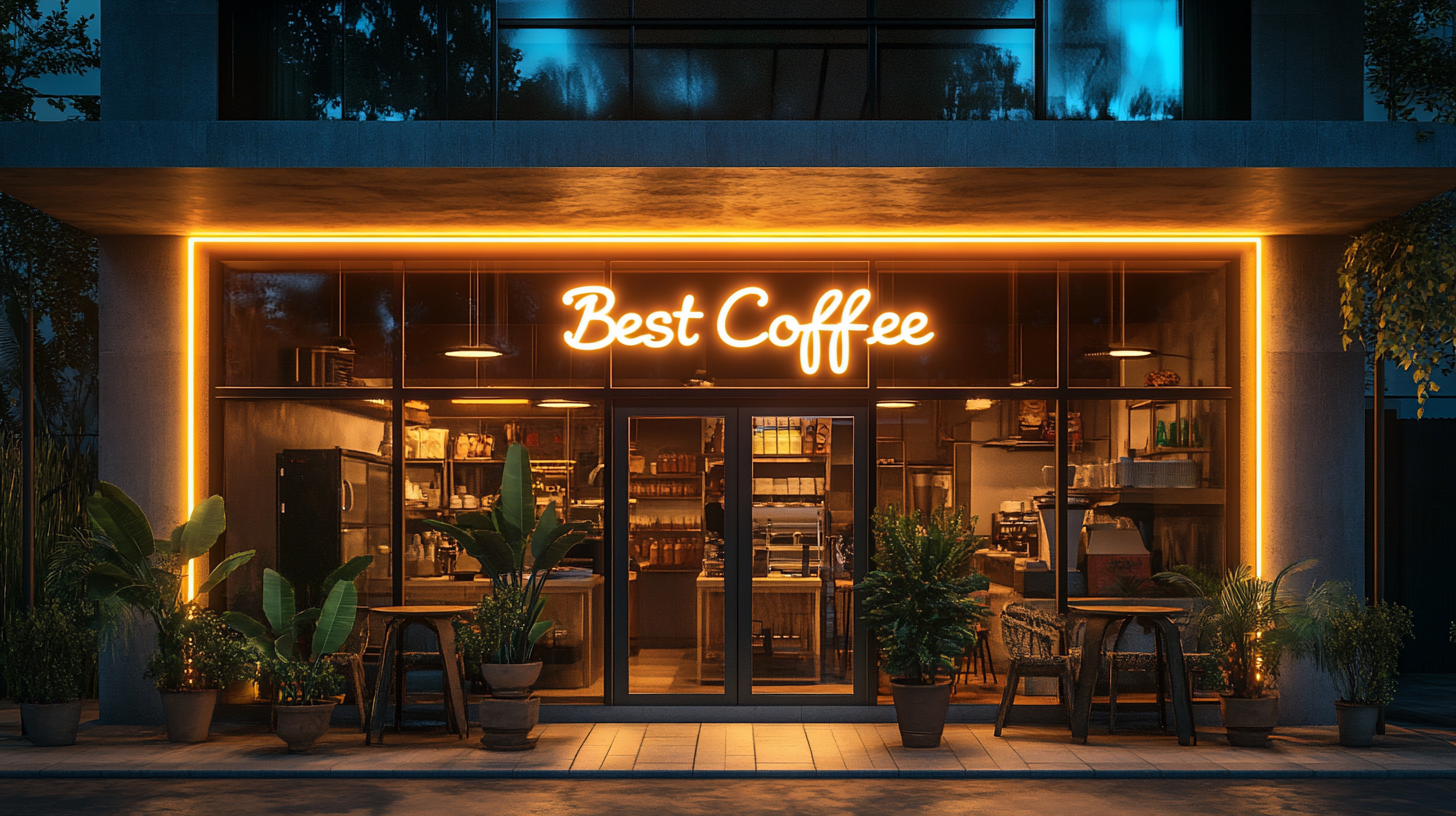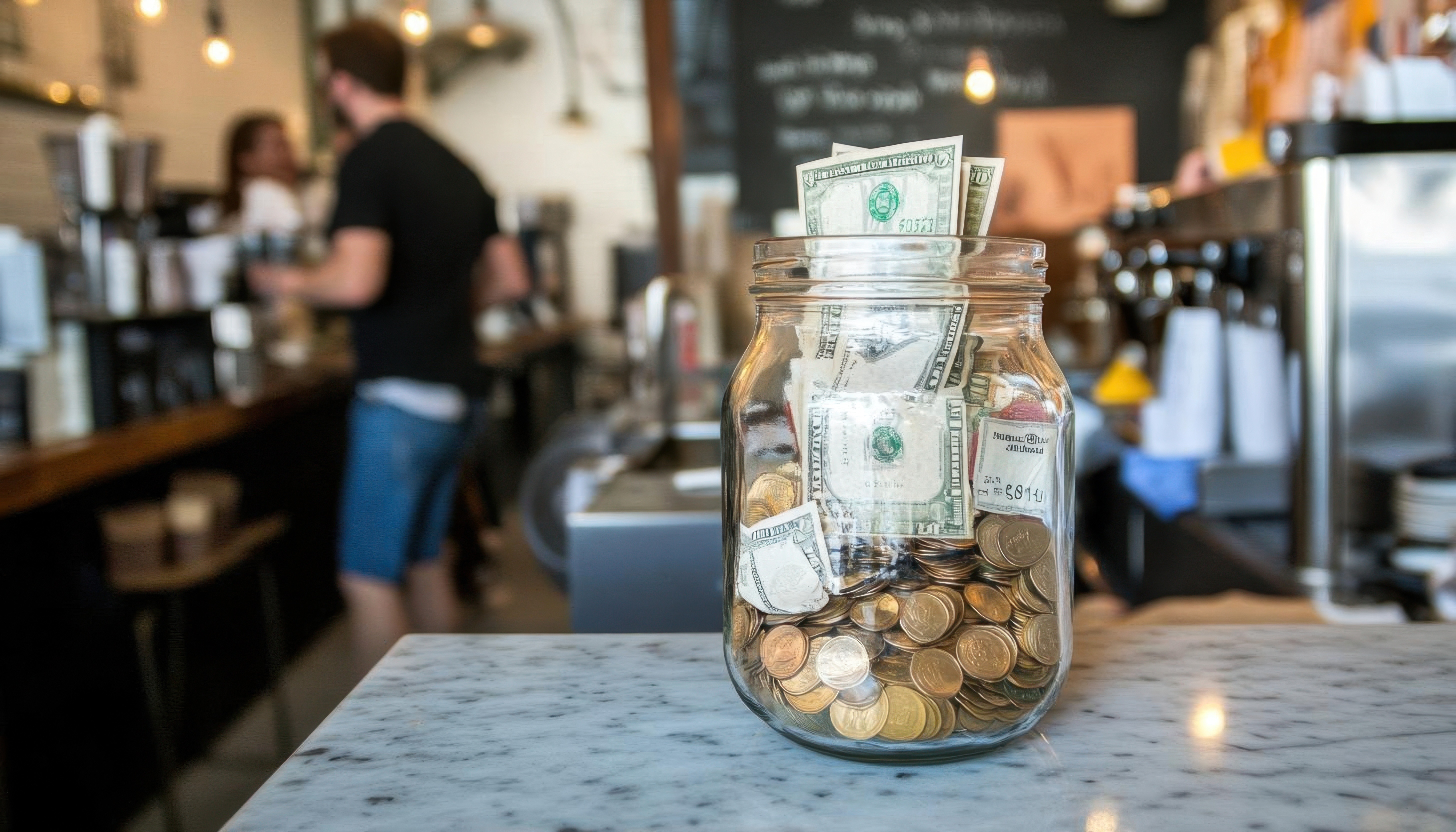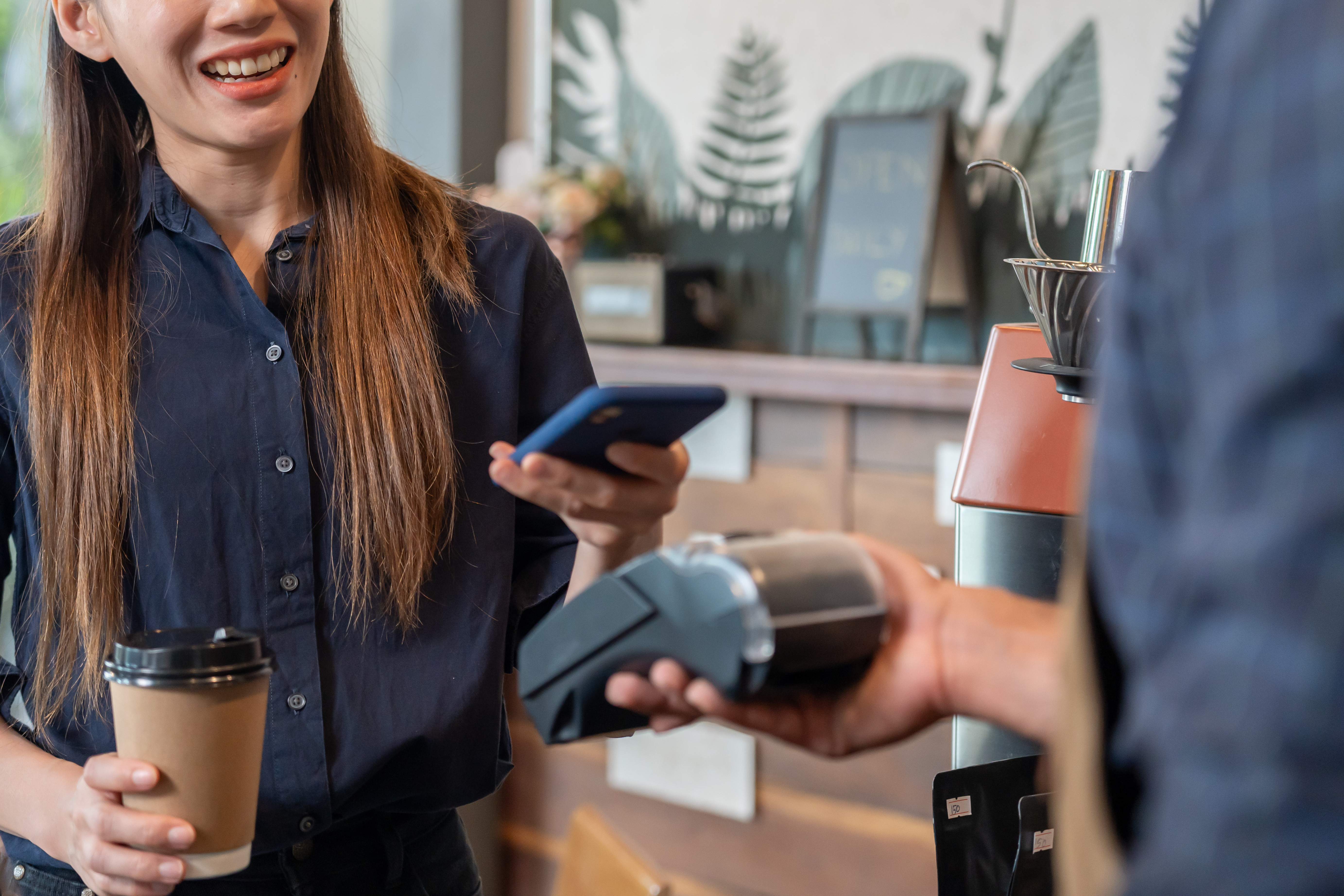Starbucks 2025 Marketing Strategy: Back to Basics
It doesn’t take much digging to learn that 2024 was not Starbucks’ year.
Their US sales dropped 6% in Q4 alone, resulting in a 2024 fiscal year with 2% lower global sales than in 2023.
How could this happen to a coffee brand that seems so untouchable?
Well, based on the brand’s end-of-year Financial Release from this past October, a few factors are to blame. According to the report:
“The lower-than-expected performance for the full fiscal year was a result of pronounced traffic decline, including a cautious consumer environment, and our targeted and accelerated investments not improving customer behaviors.”
So, while it’s great that Starbucks has identified the “why” behind their not-so-great year…
What’s their solution? Can they truly bounce back this year?
If you ask Starbucks’ new CEO Brian Niccol, he’d answer a resounding “yes” — thanks to his shiny new marketing strategy for 2025.
In this blog, we’ll take you through Starbucks’ marketing strategy for 2025, including:
- A brief history of Brian Niccol and his “Back to Starbucks” plan
- The three key elements of Niccol’s new marketing strategy for Starbucks
- How your coffee shop can leverage tech to keep up with Starbucks’ marketing
Let’s get into it.
Brian Niccol’s “Back to Starbucks” Strategy
Late last year, Starbucks went through a significant leadership change. On August 13, 2024, Brian Niccol — the then-CEO and Chairman of Chipotle — was appointed Starbucks’ new CEO and Chairman, a change set to take effect in September 2024.
“I have long-admired Starbucks iconic brand, unique culture, and commitment to enhancing human connections,” said Niccol in the press release about his appointment. “I am energized by [the] potential to drive growth and further enhance the Starbucks experience.”
And he did not waste time getting started.
On September 10, 2024 – just one day into his tenure as CEO — Niccol shared a welcome message to the Starbucks community.
He expressed excitement about the role, highlighted the importance of coffee… and shared observations that Starbucks had lost some of its sparkle.
“Over the past few weeks, I’ve spent time in our stores, speaking with partners and customers, and talking with teams across [departments],” said Niccol. “[And] there’s a shared sense that we have drifted from our core. We have an opportunity to make the store experience better for our partners and, in turn, for our customers.”
Here’s how he plans to make it happen.
Learn how to market your coffee shop in a way that’s worth “getting back to.”
The 3 Key Elements of Starbucks’ Marketing Strategy
Niccol’s “Back to Starbucks” marketing strategy is based on three key areas, each designed to make the biggest marketing impact possible while getting Starbucks back in the green in 2025.
1 — Refocusing on Quality Coffee
The first key area of Starbucks’ new marketing strategy focuses on coffee.
Niccol’s “Back to Starbucks” strategy aims to refocus the brand’s commitment to coffee by improving the product’s quality and committing to marketing efforts that showcase Starbucks’ “premium coffee beverages.”
“I have always loved Starbucks Coffee [but haven't] fully appreciated the quality and care that goes into every cup,” said Niccol in the brand’s Q4 2024 earnings call. “From the work of our agronomists to support tens of thousands of independent coffee farmers to our master roasters, [high-quality equipment, and skilled baristas, our] marketing needs to tell our coffee story.”
Since that earnings call, Niccol has made a few notable changes to support a stronger marketing focus on coffee, the first of which involved their two newest coffee farms.
On October 3, 2024, Starbucks announced an “expansion of [their] collaborative coffee innovation network,” adding two new coffee farms in Guatemala and Costa Rica. Roberto Vega — VP of Global Coffee Agronomy, R&D, and Sustainability at Starbucks — explained that the new coffee farms would help “develop solutions [to] improve coffee productivity and quality” (as per Niccol’s strategy) while empowering local farmers to thrive in an ever-changing climate.
On top of promoting their commitment to quality-focused coffee farming, Starbucks has also altered their content marketing efforts, highlighting coffee and coffee beverages more heavily than in the past.
Take the recent release of Starbucks’ Cortado, for example. While Starbucks is no stranger to regularly innovating and releasing new drinks, the Cortado has been marketed fairly aggressively across all platforms, including:
- A new Cortado banner on the Starbucks website and mobile app
- A “Starbucks Stories” piece on the Cortado (with a follow-up piece on espresso)
- Dedicated social media content shared across Instagram, Facebook, and TikTok
… and that’s excluding the influx of user-generated content about the Cortado on personal blogs, YouTube channels, news outlets, and more.
 Source: Starbucks
Source: Starbucks
2 — Reducing Discount-Driven Offers
The second key area of Starbucks’ new marketing strategy focuses on reducing the brand’s discount-driven offers.
According to Niccol, making less-frequent product discounts part of the “Back to Starbucks” marketing strategy is designed to resolve several issues the brand has faced in the past.
“[Discount-driven] offers [have] proven ineffective, diluted our premium positioning, overburdened our baristas, and detracted from a consistent customer experience,” Niccol said in the brand’s last earnings call. “We're working to make every visit worth it for our customers with straightforward pricing, timely service, and a more consistent enjoyable cafe experience.”
One of Starbucks’ most significant efforts toward more straightforward pricing (and fewer discounts) has been surrounding non-dairy milk substitutes.
Typically, Starbucks customers looking to swap out dairy milk for soy, oat, almond, or coconut milk would be subject to an upcharge fee of up to $0.80 per drink. But, on November 7, 2024, the coffee brand announced they’d be scrapping the dairy-free upcharge, offering all non-dairy milk substitutes for free.
“Core to the Starbucks Experience is the ability to customize your beverage,” said Niccol. “This is just one of many changes we’ll make to ensure a visit to Starbucks is worth it every time.
Now, while removing an upcharge isn’t quite the same as reducing discounts, it serves the same purpose under Niccol’s “ditch the discount” marketing strategy — it reduces pricing complexity while ramping up customer value, two features that aren’t hard to sell in marketing efforts.
 Source: Starbucks
Source: Starbucks
Communications about the removed upcharge dominated all of Starbucks’ usual marketing platforms, with updates going out on social media, email marketing, and the mobile app, targeting the brand’s tried-and-true fans and regular visitors.
And, for those who don’t keep up with Starbucks’ marketing?
Popular news and media outlets marketed the change for Starbucks, with big players like Forbes, The Washington Post, and Restaurant Dive marketing the news to their own wide-ranging audiences (intentionally or otherwise).
Market your discount-driven offers (or lack thereof) in a way that actually works.
3 — Looking Beyond Starbucks Rewards Members
The third — and final! — key area of Starbucks’ marketing strategy involves catering to audiences beyond Rewards members.
Niccol wants to look beyond Starbucks’ already loyal Rewards members with his “Back to Starbucks” marketing initiatives, reaching brand-new audiences in brand-new ways.
“We've [focused] our marketing too narrowly on Starbucks Rewards members,” explained Niccol in last year’s Q4 earnings call. “Our newly launched campaign [elevates] the Starbucks brand in a much more visible way through [broad-reach] media like linear TV. It reminds customers across age groups that [we serve] the best coffee.”
The “newly launched campaign” in question? A series of TV commercials marketing Niccol’s new-and-improved vision for Starbucks.
Take the commercial called “Sounds", for example.
“Sounds” takes the viewer on an auditory Starbucks experience, starting with the nature sounds of Hacienda Alsacia, the brand’s coffee farm in Costa Rica, and ending with the sipping sounds of a customer, enjoying their delicious, high-quality coffee. The commercial ends with an evergreen reminder that “It’s a great day for coffee” before fading to black.
 Source: Hacienda Alsacia
Source: Hacienda Alsacia
“Sounds” doesn’t reference Starbucks Rewards or even Starbucks itself; the brand name and logo appear subtly, or not at all, until the very last scene. Instead, it focuses on a simple, high-quality cup of coffee, a relatable marketing perspective for anyone who loves coffee…
And something Niccol plans to do way more of with the brand’s new marketing agency.
Earlier this month, Starbucks announced a partnership with Anomaly, a New York-based ad agency with clients like Coca-Cola and YouTube in its roster of successes. And, just three months ago, Niccol also hired Tressie Lieberman as Starbucks’ first-ever Global Chief Brand Officer, a move he says will help “reintroduce Starbucks to the world.”
So, with the success of “Sounds” in his back pocket and expert marketers by his side, we have no doubt Niccol will continue to shake up Starbucks’ marketing this year — and we personally can’t wait to see it.
How Your Coffee Shop Can Keep Up With Starbucks 2025 Marketing Strategy
Niccol’s new marketing strategy means big things are on the horizon for Starbucks in 2025…
But does that mean competition is going to skyrocket for smaller, local coffee shops with a “less-than-Starbucks-sized” marketing budget?
It doesn’t have to.
With Craver, your coffee shop can keep up with the new Starbucks marketing strategy by leveraging the same tech-powered features our favorite two-tailed siren uses — except your tech will be totally customized to your coffee shop for an affordable, flat monthly fee.
Here’s what that looks like:
- A custom-branded mobile app tailored to your brand (just like the Starbucks app)
- In-app customization and personalization options that let your customers make their order “theirs” (just like Starbucks does)
- An optimized, highly convenient ordering process, allowing your guests to mobile order, grab, and go (just like at Starbucks)
- A bespoke loyalty program that reflects the values your coffee shop has, and the rewards your customers want (just like Starbucks Rewards)
… and a ton of other features that’ll help your coffee shop keep up with the marketing trends of 2025 (yes, just like Starbucks).
So, what are you waiting for?
A shiny new tech-powered strategy is just a few clicks away.
See how Craver can help your coffee shop compete in the marketing big leagues.
.png?width=86&name=Untitled%20design%20(84).png)






